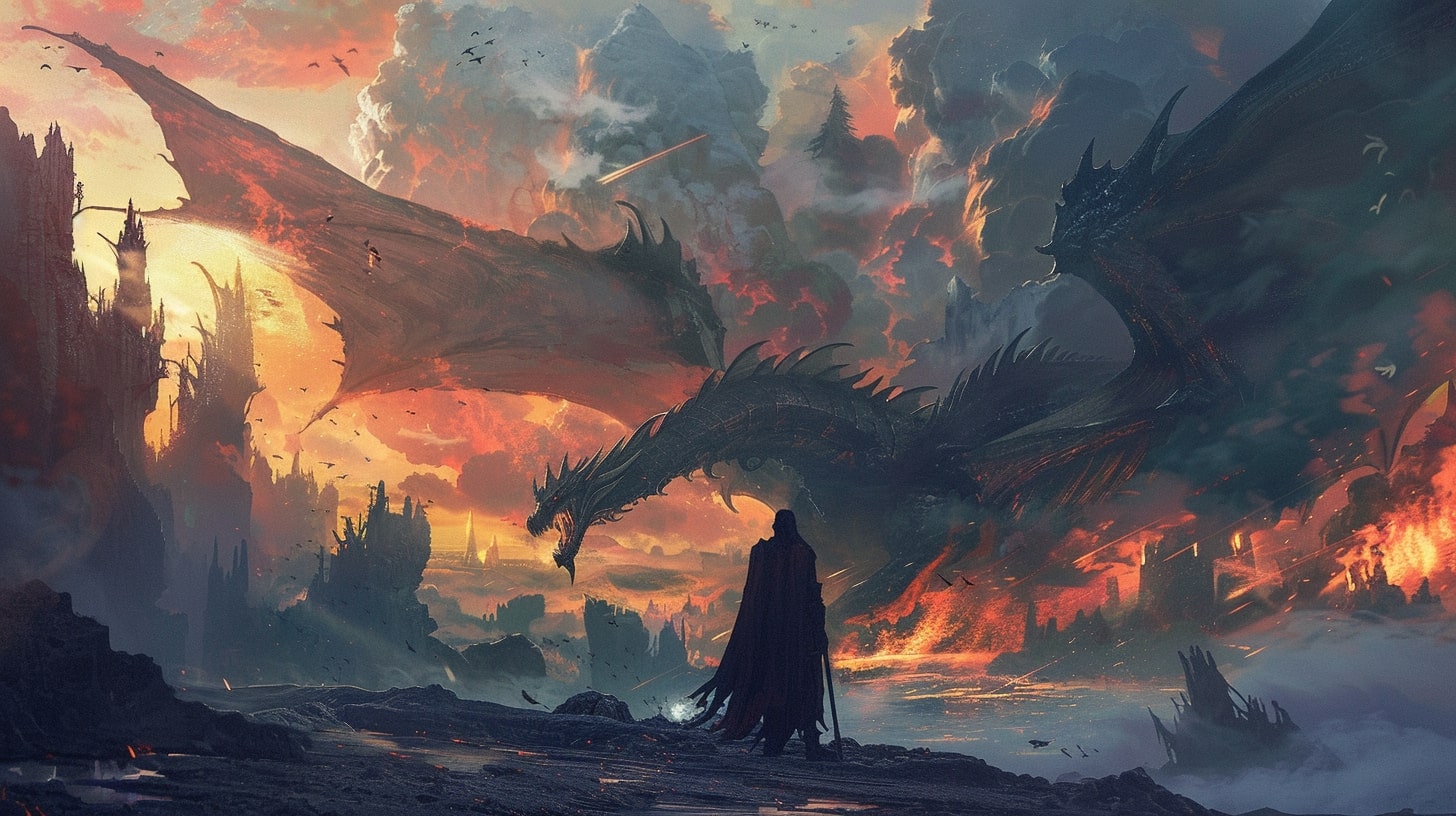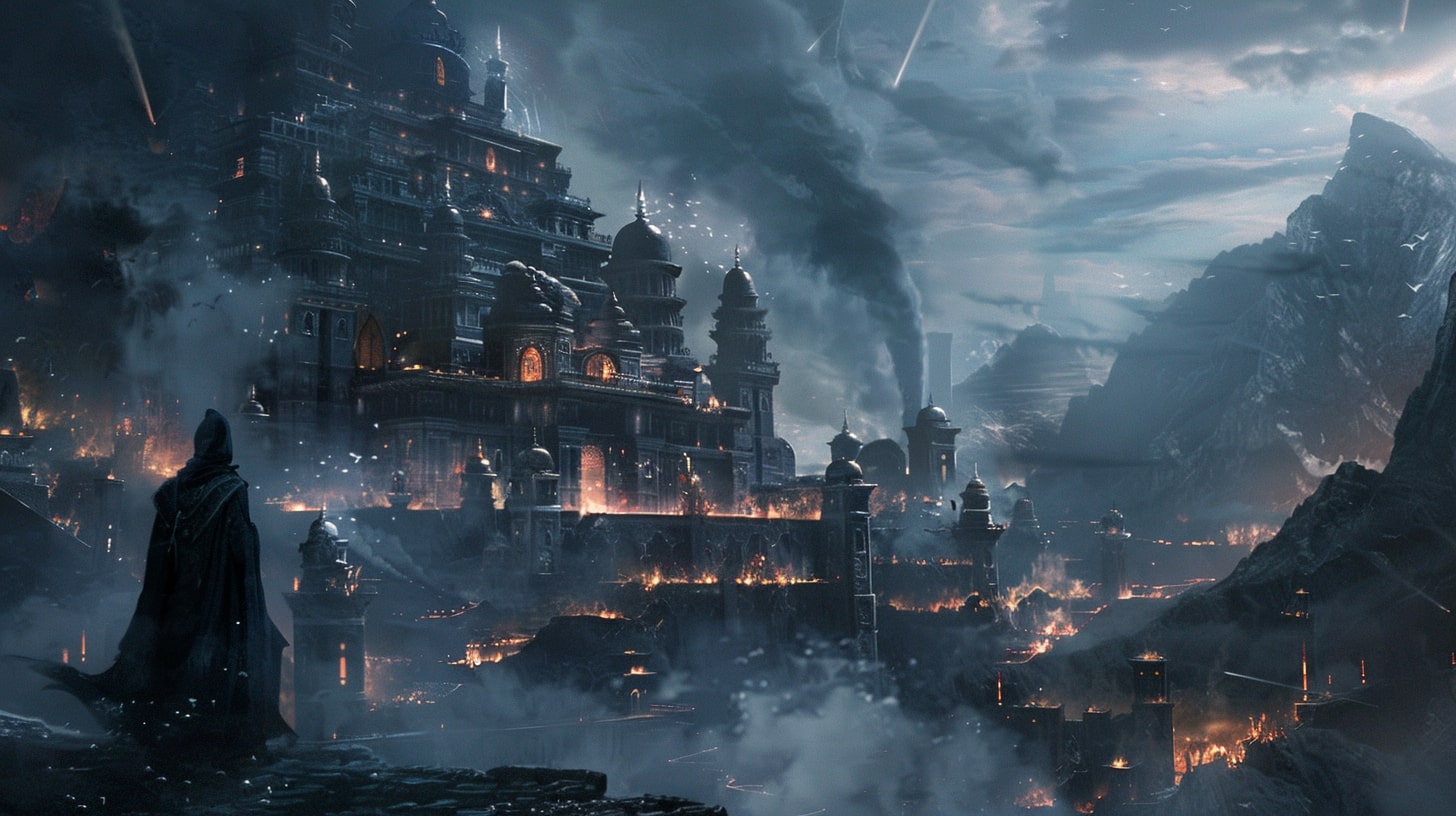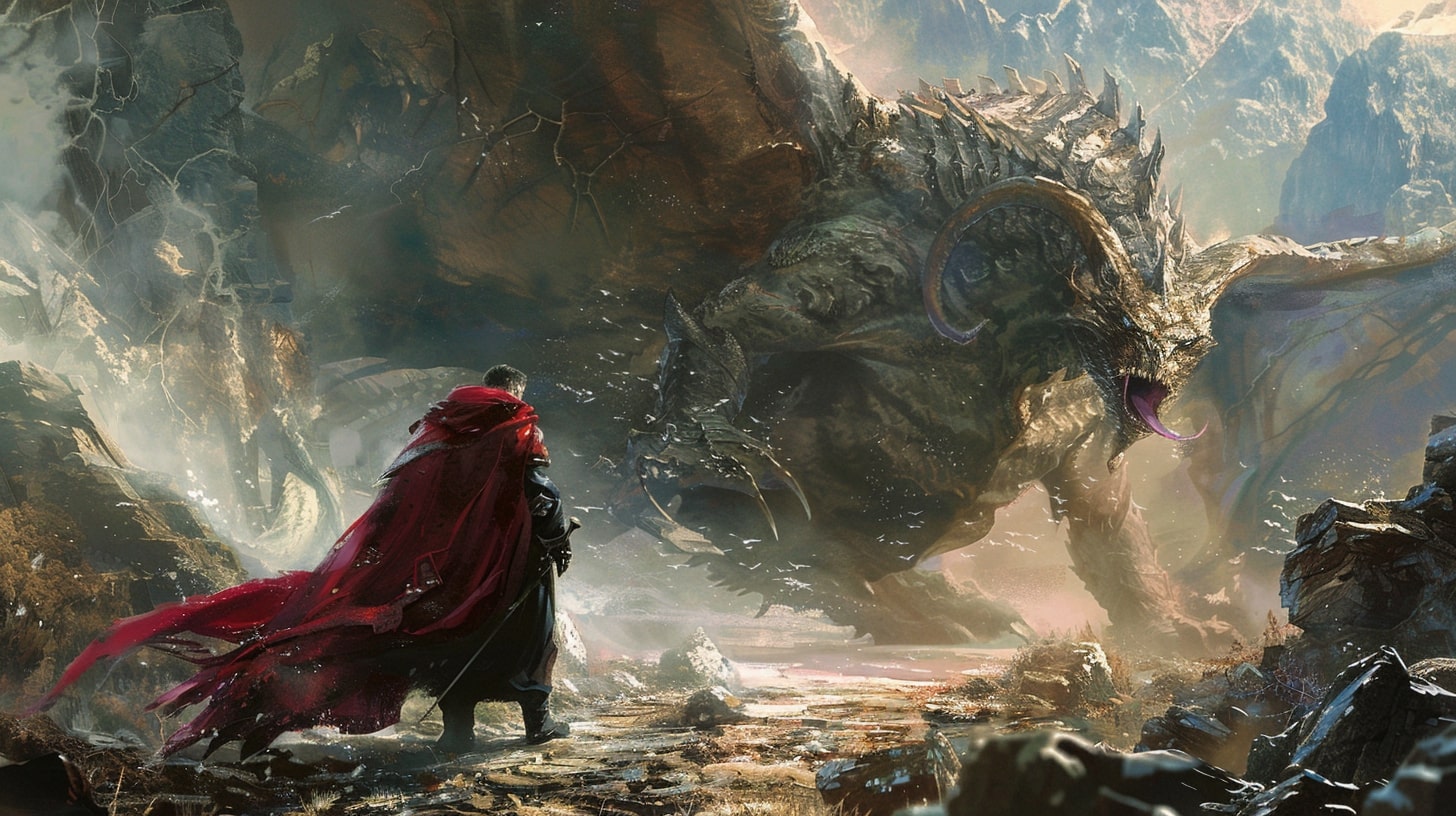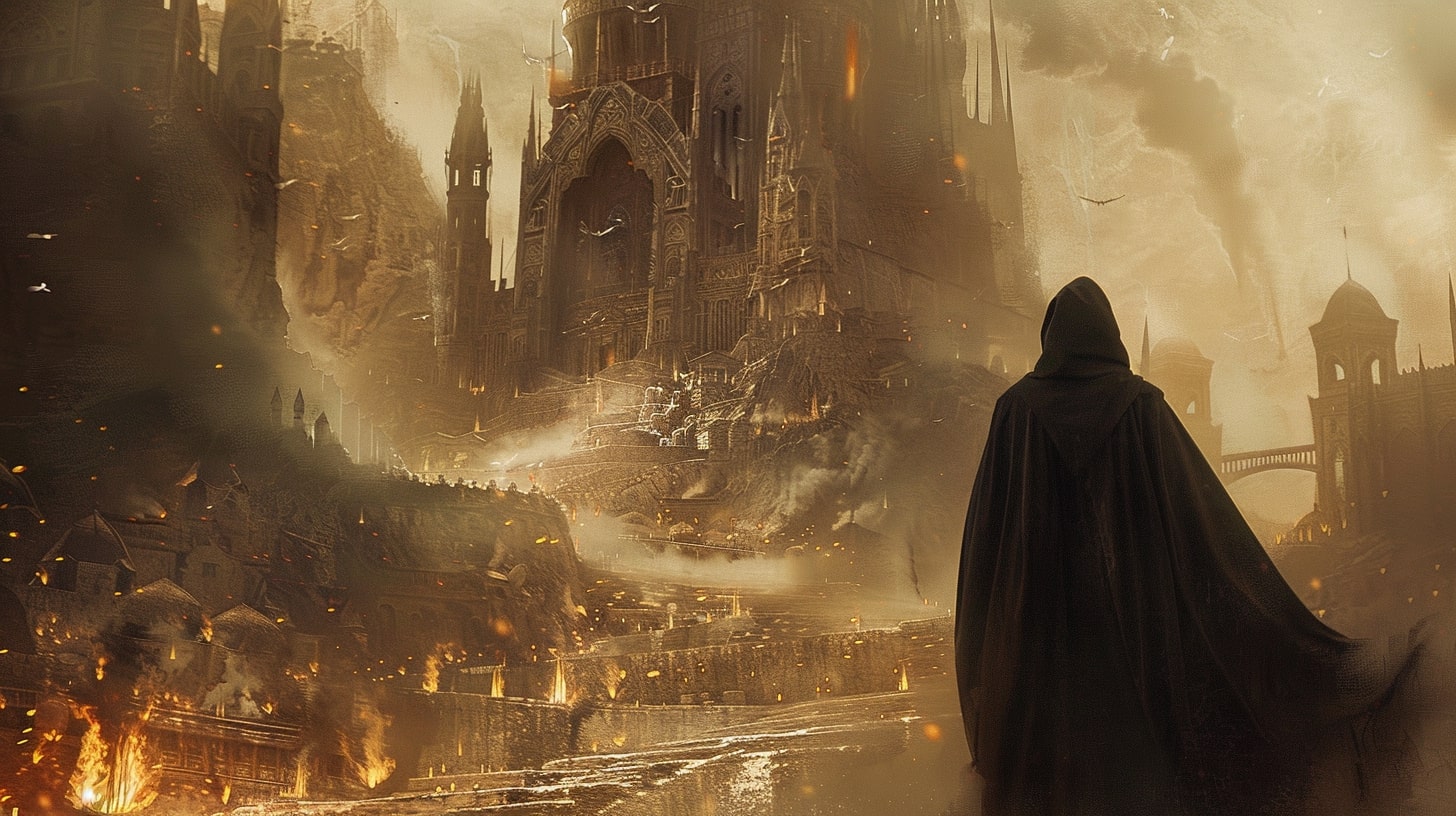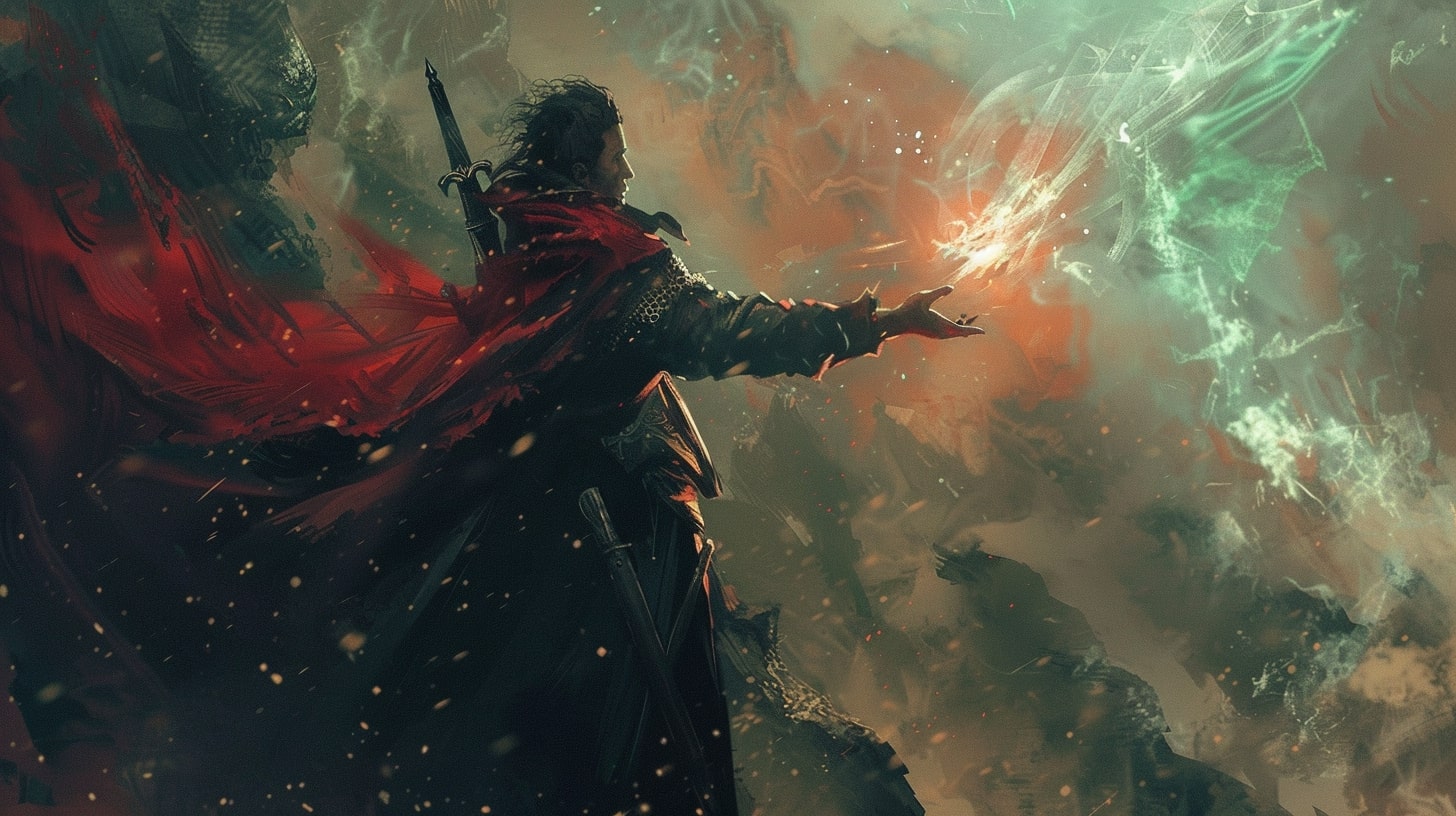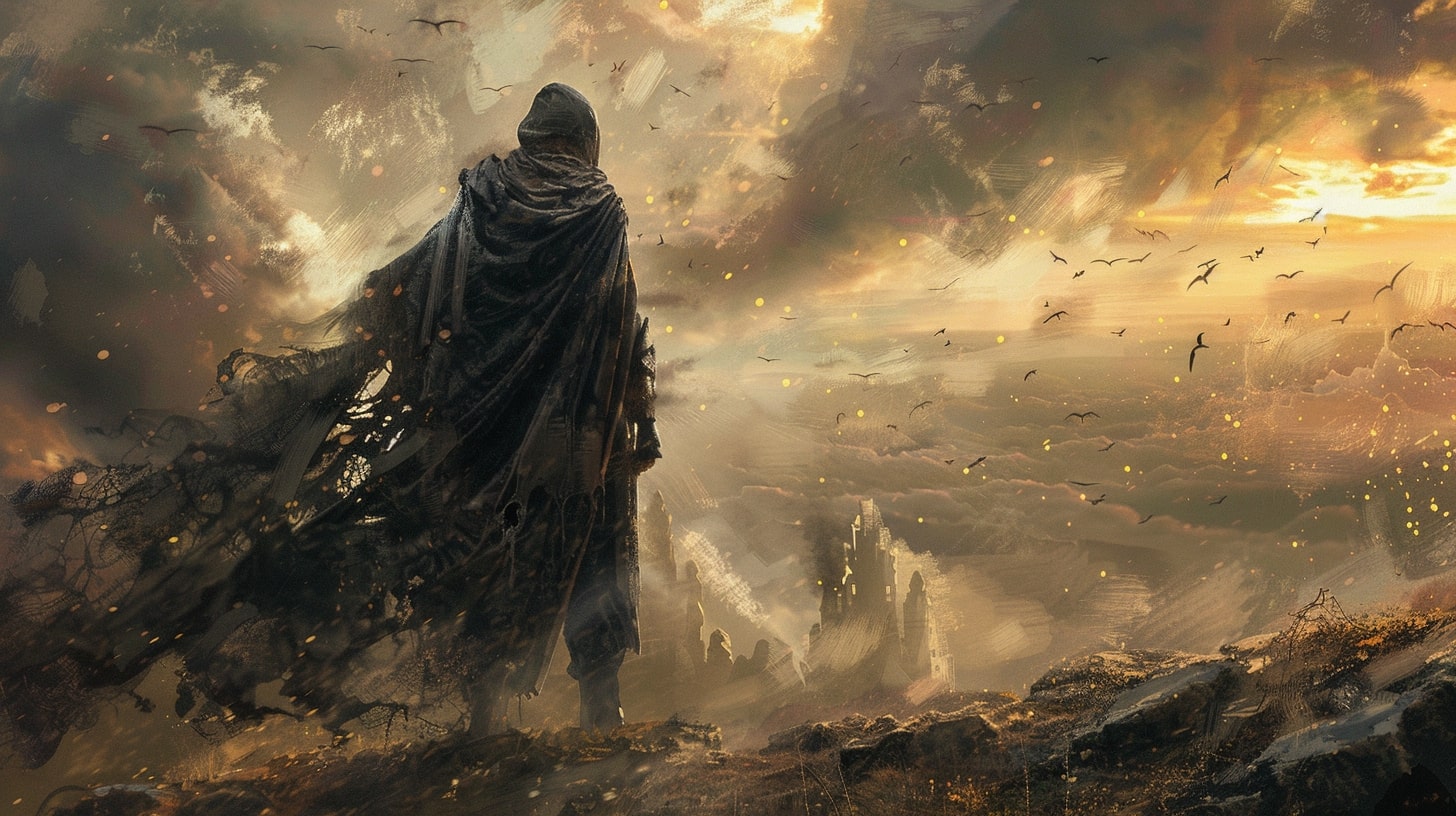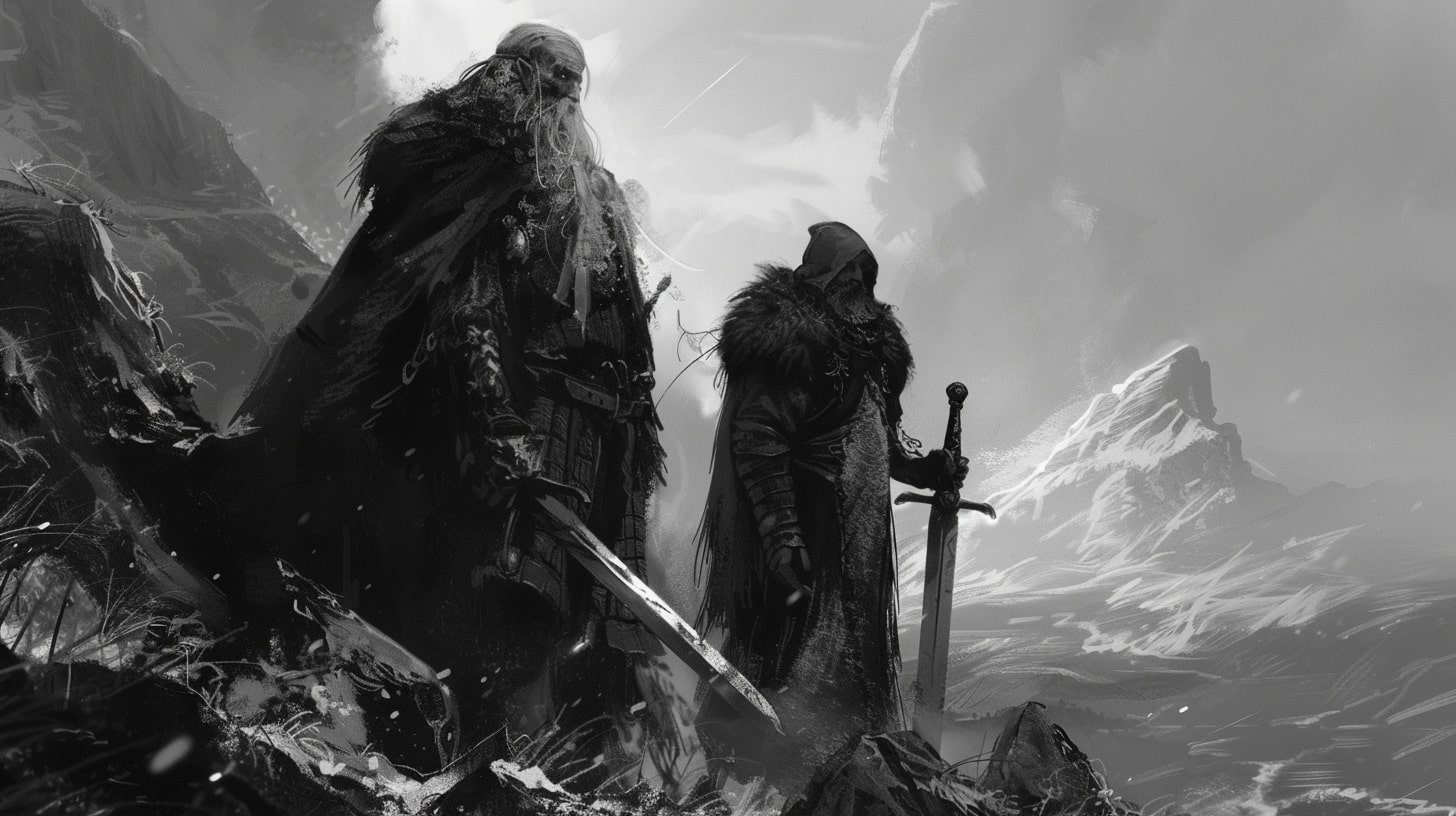Unleashing the Power of Imagination
Welcome to the wonderful realm of character development, where the psychological development of your beloved characters takes center stage.
Now, you might be wondering, why is psychological development of characters so important? And why should you, as a writer, embrace it wholeheartedly? Well, my dear writer, let’s unravel the mysteries together!
The Importance of Psychological Development of Characters
Picture this: You’re engrossed in a gripping story, eagerly flipping through the pages to uncover the fate of your favorite character. What truly captivates you? Is it their dashing good looks or their superhuman abilities?
Well, perhaps. But what truly makes a character unforgettable is their psychological depth. The complexities of their thoughts, emotions, and motivations bring them to life, making them relatable and compelling to readers.
By delving into the realm of psychological development, you give your characters the opportunity to grow, evolve, and face their inner demons. It adds layers to their personalities, creating a rich tapestry of emotions and experiences.
Whether it’s overcoming childhood trauma, battling internal conflicts, or striving towards their goals, psychological development breathes life into your characters and keeps your readers hooked.
Why Writers Should Embrace it
As a writer, embracing the wonders of psychological development allows you to unleash your creativity and dive into uncharted waters. It gives you the power to craft characters that are more than just words on a page. By understanding the intricacies of their minds, you can paint vivid portraits that resonate with your readers.
Not only does psychological development enhance the believability and authenticity of your characters, but it also opens up a world of storytelling possibilities. It allows you to explore the depths of human nature, delve into the complexities of relationships, and navigate the labyrinth of emotions.
By embracing psychological development, you breathe life into your characters, making them leap off the page and into the hearts of your readers.
So, my dear writer, let your imagination run wild and embrace the power of psychological development in your characters. Unleash their innermost fears, desires, and dreams. Watch as they grow, stumble, and triumph. Your characters will thank you, and your readers will be forever captivated by the depth and complexity you infuse into their lives.
Now that we’ve established the importance of psychological development, let’s delve deeper into the art of building complex characters. Buckle up, my friend, for an adventure that will take your writing to new heights!
Note: For more insights into the world of character development, check out our collection of articles on character development in worldbuilding, developing complex characters, and creating believable characters.

Building Complex Characters
Creating compelling and well-rounded characters is crucial for any writer, and psychological development plays a key role in achieving this. Understanding the basics of psychological development and applying it to character creation can bring depth and believability to your fictional creations.
Understanding the Basics of Psychological Development
To develop complex characters, you need to dive into the world of psychology. Understanding how individuals grow and change psychologically over time will help you craft more realistic and relatable characters.
Psychological development encompasses various aspects, including childhood experiences, personality traits, and motivations. These factors shape a character’s beliefs, behaviors, and overall development. By incorporating these elements into your characters, you can create more dynamic and engaging narratives.
Applying Psychological Development to Character Creation
Now that you have a grasp of the basics, it’s time to apply psychological development to your character creation process. Start by considering your character’s backstory and experiences. Think about their upbringing, major life events, and any impactful moments that have shaped their development.
This backstory will influence their perspectives, beliefs, and behaviors throughout the story. For more ideas on character backstories, check out our article on character backstory ideas.
Next, focus on internal conflicts and growth. Characters should face challenges that force them to confront their fears, flaws, and past traumas. This internal conflict adds depth and complexity to their psychological journey.
As they overcome obstacles, they should experience personal growth and transformation. This growth can be gradual or sudden, depending on the story’s timeline. For exercises to help develop your characters’ internal conflicts, take a look at our article on character development exercises.
Additionally, consider the relationships and interactions your character has with others. These relationships can shape their development and influence their choices and behaviors.
Explore the dynamics between your character and other individuals in your story to reveal different facets of their personality. For more insights on character relationships, check out our article on character relationships and dynamics.
By incorporating psychological development into your character creation process, you can bring your characters to life and make them more relatable to your readers.
Remember, building complex characters is not about creating perfect individuals but rather embracing their flaws, imperfections, and growth. In the next section, we’ll delve deeper into the balance between realism and fiction when bringing characters to life.

Key Elements of Psychological Development
In order to create compelling and relatable characters, it’s important to understand the key elements of psychological development. By incorporating these elements into your characters, you can bring them to life and make them more engaging for your readers.
Let’s explore three essential aspects of psychological development: childhood experiences and trauma, personality traits and behaviors, and motivations and goals.
Childhood Experiences and Trauma
Childhood experiences and trauma play a significant role in shaping a character’s personality and behavior. These experiences can range from joyful and nurturing moments to distressing and traumatic events. The way characters respond to and cope with these experiences can greatly influence their development.
Consider the impact of a character growing up in a loving and supportive environment versus one who has faced neglect or abuse. These different experiences can shape their worldview, relationships, and emotional responses. By understanding the effects of childhood experiences and trauma, you can create characters with depth and complexity.
Personality Traits and Behaviors
Personality traits and behaviors are integral to a character’s psychological development. These aspects define how characters interact with others and navigate the world around them. Each character should have a unique set of traits that make them distinct and authentic.
When developing your characters, think about their dominant personality traits such as introversion, extroversion, or neuroticism. Consider how these traits manifest in their behaviors, speech patterns, and decision-making processes. By focusing on these aspects, you can create characters that feel believable and relatable to your readers.
To explore a comprehensive list of personality traits, check out our article on character personality traits.
Motivations and Goals
Motivations and goals are crucial in driving a character’s actions and decisions throughout the story. Understanding what drives your characters can add depth and complexity to their development.
Consider their desires, ambitions, and the values they hold dear. What do they hope to achieve or overcome? By delving into their motivations and goals, you can create characters who have a sense of purpose and direction.
To learn more about developing compelling character goals, check out our article on character goals and objectives.
By incorporating these key elements of psychological development into your characters, you can create multi-dimensional and realistic individuals that resonate with your readers.
Remember to explore their childhood experiences and trauma, define their unique personality traits and behaviors, and establish their motivations and goals. These elements will contribute to the depth and richness of your characters, making them more compelling and memorable.

Techniques for Developing Psychological Depth
Developing psychological depth in your characters is essential for creating compelling and relatable individuals. By exploring the inner workings of their minds, you can create multidimensional characters that resonate with your readers.
Here are three techniques to help you delve into the psychological depth of your characters: backstory and experiences, internal conflict and growth, and relationships and interactions.
Backstory and Experiences
A character’s backstory and experiences shape who they are and influence their psychological development. Delve into their past and explore significant events that have shaped their beliefs, fears, and desires. Consider their upbringing, childhood traumas, and impactful life experiences. These factors contribute to their current motivations, behaviors, and personality traits.
To add depth to your characters, create a backstory that is rich in detail and complexity. Think about how their past experiences have influenced their present actions and choices. This will allow your readers to understand and empathize with their behavior and motivations. For more ideas on character development, check out our article on character backstory ideas.
Internal Conflict and Growth
Internal conflict is an effective tool for revealing a character’s psychological depth. Conflict arises when a character’s desires, beliefs, or values clash with external situations or their own internal struggles. This conflict can manifest as doubts, fears, or moral dilemmas. By exploring the internal struggles of your characters, you can showcase their complexity and growth throughout the story.
Allow your characters to grapple with conflicting desires, make tough decisions, and experience personal growth. This journey of inner conflict and growth adds layers to their personalities, making them more relatable and engaging. For tips on developing character growth and transformation, check out our article on character growth and transformation.
Relationships and Interactions
The way characters interact with others reveals a great deal about their psychological makeup. Relationships and interactions can bring out different aspects of a character’s personality, motivations, and vulnerabilities.
Explore how they interact with family, friends, enemies, or romantic partners. These dynamics can influence their emotional well-being, goals, and decision-making.
Craft meaningful relationships that challenge your characters and push them to grow. Show how their interactions with others impact their thoughts, feelings, and actions.
Whether it’s a supportive friendship or a toxic rivalry, the relationships your characters form can contribute to their psychological depth. For more insights on developing character relationships, check out our article on character relationships and dynamics.
By incorporating these techniques into your writing, you can breathe life into your characters and make them more psychologically complex. Remember that psychological development is an ongoing process throughout your story. Allow your characters to evolve and change, just as real people do. With psychological depth, your characters will captivate readers and leave a lasting impression.
Bringing Characters to Life
Now that you have a solid understanding of psychological development and how it impacts your characters, it’s time to bring them to life on the page. Creating well-rounded and engaging characters requires a delicate balance between realism and fiction.
You want your readers to connect with your characters on a deep emotional level while still allowing room for imagination to flourish.
Balancing Realism and Fiction
When it comes to character development, striking the right balance between realism and fiction is crucial. While you want your characters to feel relatable and authentic, it’s also important to remember that they exist within the world you have created. This means that they can possess unique traits, experiences, and even supernatural abilities that add an element of excitement and intrigue to your story.
To maintain this balance, consider grounding your characters in relatable emotions, motivations, and conflicts. This allows readers to empathize with them, even if their circumstances are fantastical. At the same time, don’t be afraid to push the boundaries of reality and explore the extraordinary aspects of your characters’ lives.
Inducing Empathy and Connection
As a writer, your goal is to create characters that evoke empathy and forge a connection with your readers. To achieve this, delve deep into your characters’ inner worlds and explore their hopes, dreams, fears, and vulnerabilities. By revealing their human side, you allow readers to see a reflection of themselves in your characters.
One effective technique for inducing empathy is to give your characters relatable flaws and imperfections. Nobody is perfect, and flawed characters are often the most interesting and relatable ones. Showcasing their struggles and growth throughout the story will make them more relatable and endearing to your readers. For more on this, check out our article on character traits and flaws.
The Impact on Storytelling
Developing well-rounded characters with intricate psychological development has a profound impact on your storytelling. When your readers can connect with and care about your characters, they become emotionally invested in the story. This allows you to create compelling narratives that resonate with your audience and keep them engaged from beginning to end.
By infusing your characters with psychological depth, you enhance their believability and make their journeys more captivating. The internal conflicts, growth, and transformations they experience throughout the story become powerful driving forces that propel the plot forward. It is through these characters that your story truly comes to life.
As you continue to explore the depths of your characters’ psyches, remember to weave their psychological development seamlessly into your storytelling. Allow their inner struggles and growth to shape the plot, creating a rich and immersive narrative experience for your readers.
In the next section, we will delve deeper into the concept of embracing flaws and imperfections in your characters, pushing boundaries, and creating memorable and impactful characters that leave a lasting impression on your readers. So, let’s embrace the madness and uncover the secrets to crafting unforgettable characters!
Embrace the Madness
In the world of character development, it’s time to let loose and embrace the madness. Creating memorable and impactful characters requires going beyond the ordinary and venturing into the realm of flaws, imperfections, and pushing boundaries. Let’s explore how you can infuse your characters with that certain je ne sais quoi.
Embracing Flaws and Imperfections
Perfect characters? Boring! It’s the flaws and imperfections that make them relatable and interesting. Give your characters quirks, weaknesses, and idiosyncrasies that set them apart.
Maybe they have a fear of clowns or an obsession with collecting unusual rocks. These imperfections not only make them more realistic but also provide opportunities for growth and development.
Remember, no one is perfect, not even your characters. So, embrace those flaws, celebrate their imperfections, and watch your characters come to life. Need some ideas for character flaws? Check out our article on character traits and flaws for inspiration.
Pushing Boundaries and Exploring Taboos
While it’s important to be mindful and respectful, don’t be afraid to push the boundaries and explore taboos in your character development. Addressing sensitive topics can add depth and complexity to your characters, as well as create thought-provoking storytelling.
Whether it’s delving into social stigmas, cultural taboos, or controversial subjects, approaching them with care and sensitivity can lead to powerful character arcs and engaging narratives. Just remember to research and approach these topics responsibly, ensuring that they contribute meaningfully to the story.
Creating Memorable and Impactful Characters
To create characters that leave a lasting impression, combine their flaws and imperfections with their unique personalities, motivations, and goals. Craft their dialogue and actions in a way that showcases their individuality and makes them stand out in the minds of your readers or audience.
By developing well-rounded characters who evolve and grow throughout your story, you create a connection between your audience and the characters. This connection draws them deeper into the narrative and leaves a lasting impact.
So, go ahead, embrace the madness, and let your characters shine with their flaws, imperfections, and boundary-pushing attributes. Remember, it’s the combination of these elements that ultimately creates memorable and impactful characters that will leave a lasting impression on your readers or viewers.
Continue your character development journey by exploring character development in worldbuilding to fully immerse your characters in their story’s universe.


